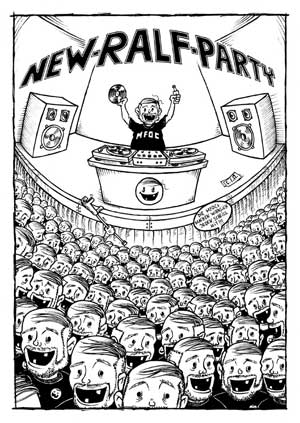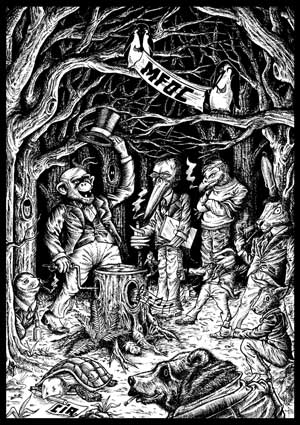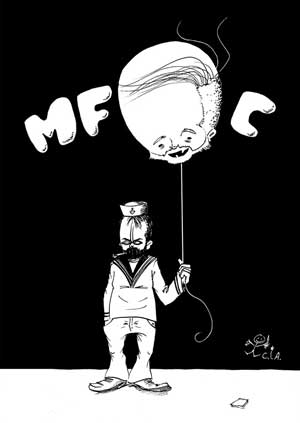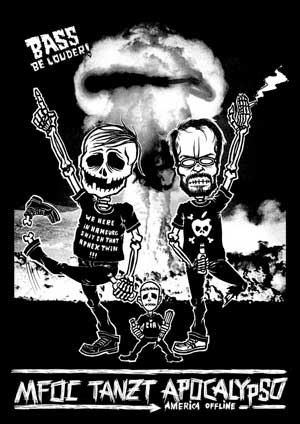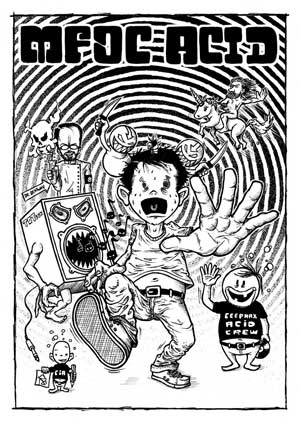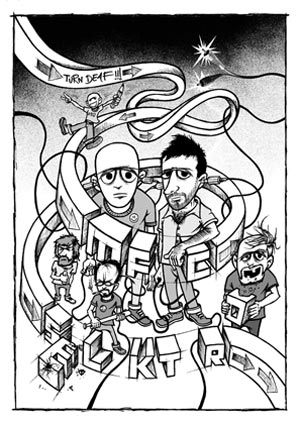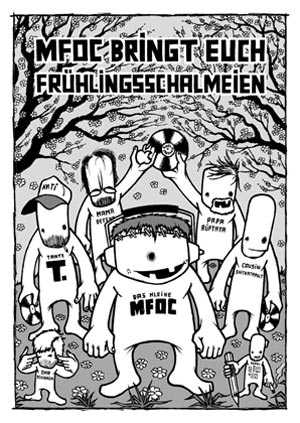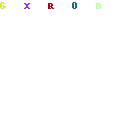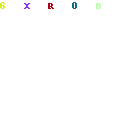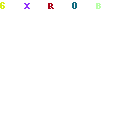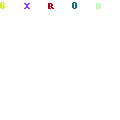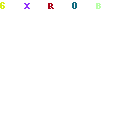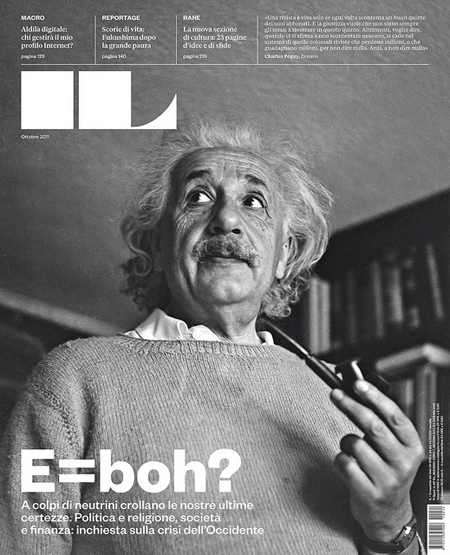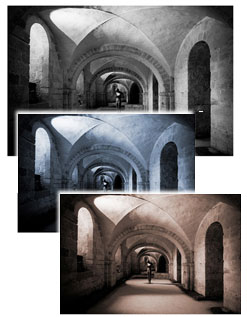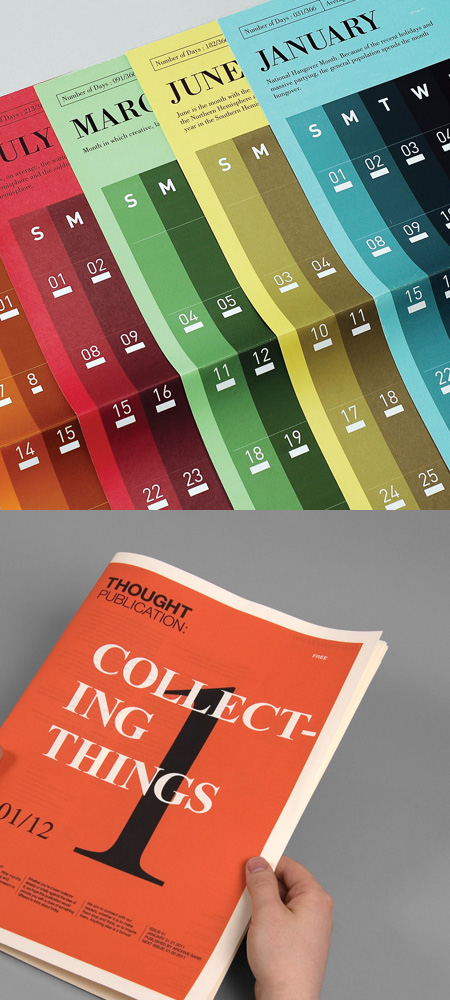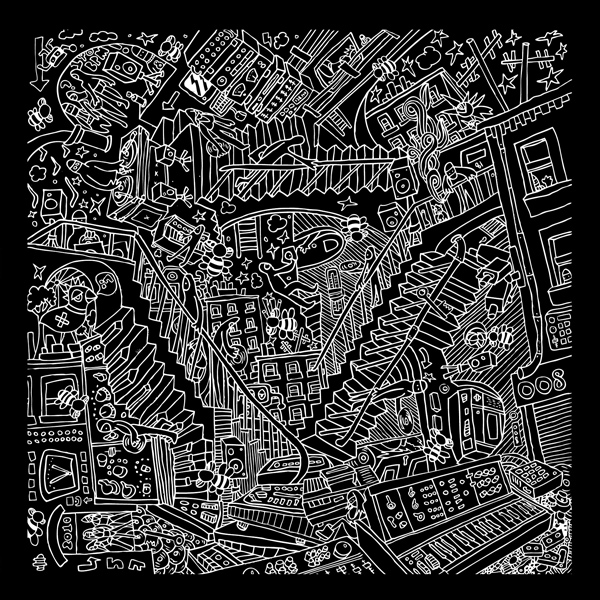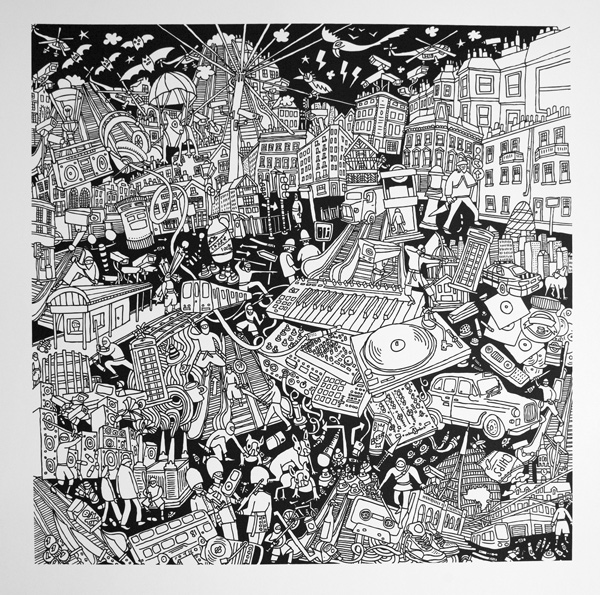A substrate is a stock or material that recieves a printed image. This can range from standard sheets of paper to more elaborate stocks, for example boards, t-shirts or coffee mugs amongst many things.
The substrate used will be determined by its ability to 'take' a printed design, and this is of course dependent on the type of job, what is to be printed, and the ambitions of the designer. For example, a newspaper will use a different substrate to a published book.
A few paper types:
Art Paper - paper that is coated in China Clay on both sides, quite often for full colour magazine covers.
Book Paper - As the name would suggest, the type of paper most commonly used in the publishing industry for novels, and often for the covers of hardbacks.
Cast Coated Paper - Paper with a high-gloss finish, used for high quality colour prints.
Yellow Pages - Paper used for bulk productions, around 40gsm as to ensure high density of pages whilst being readable on both sides, typically used for classified directories or catalogues.
Newsprint - Standard material for newspapers, cheap to buy and readable on both sides.
These are obviously just a few out of countless different substrates, each of them serving a few particular purposes. Choosing one of these would take into consideration cost, effectiveness, and ambition.
UNUSUAL SUBSTRATES
There are a lot of alternative substrates that can be used for a wide variety of reasons, both practical or otherwise. For example, the signs we see everyday have been printed on to metal for durability and visibility, and starbucks mugs have their logo printed on the side in a promotional sense.
